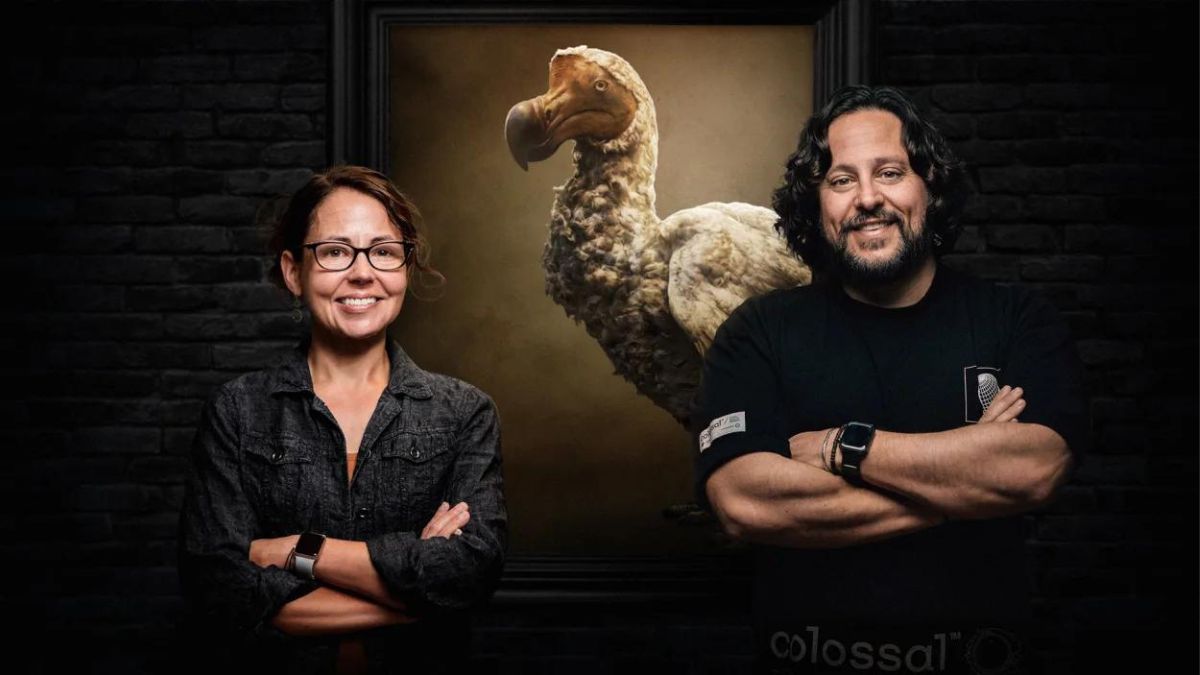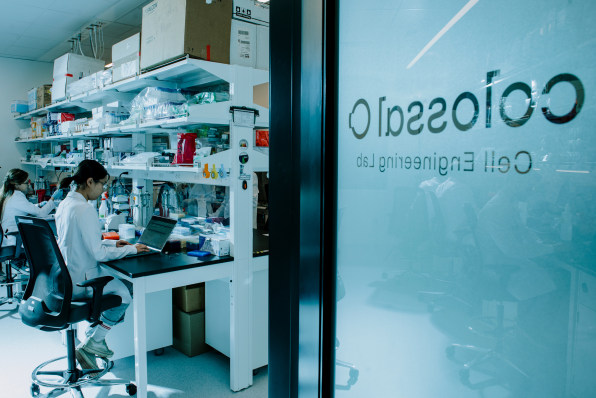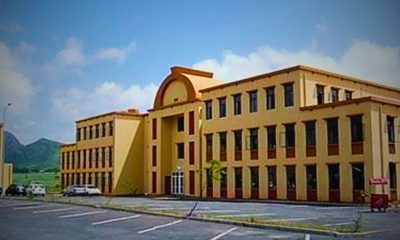LIFE AND STYLE
A CIA-funded startup plans to bring back the Mauritian Dodo bird

The dodo, which was last seen in Mauritius in 1662, may one day see a second life: Using its genome and that of its closest living relative, the genomics company Colossal plans to harness gene editing tools to bring the bird back from the dead.
“The Dodo is a prime example of a species that became extinct because we—people—made it impossible for them to survive in their native habitat,” Beth Shapiro, a paleogeneticist and scientific adviser to Colossal Biosciences told Associated Press.
Colossal Biosciences is building technology to de-extinct animals, in part to combat biodiversity loss and restore ecosystems and climates that have degraded without them.

The two-year-old, Dallas-based startup has already announced plans for a cold-tolerant “woolly elephant” that could keep arctic shrubs and trees under control and fertilize grasses with their manure, along with a resuscitated Tasmanian tiger, which helped keep ecosystems in Australia in balance until the early 20th century.
Rs6.62 billion financing
The dodo effort, led by a newly assembled Avian Genomics Group, will be aided by a new $150million (Rs6.62 billion) Series B financing round. After the hard process of genetic engineering and assisted reproductive technologies, the aim is to work with the government of Mauritius on rewilding the bird in its former habitat.
Colossal CEO Ben Lamm estimated the first dodo would be born before the mammoth calves, which it aims to birth in 2028 using an artificial womb. “Given the significantly shorter timeline of gestation of 30 days versus the 22 months in elephants, I think it is highly likely we see a dodo before we see the mammoth,” he says.

The moonshot technology has attracted some $225 million (Rs9.9 billion) from investors, many of whom come far from the world of biology: Paris Hilton, Chris Hemsworth, Tony Robbins, the Winkelvoss twins, video game developer Richard Garriott, and Thomas Tull, the founder of Legendary Pictures and the U.S. Innovative Technology Fund, have all invested. So, too, has In-Q-Tel, the CIA’s venture capital arm, AP reported.
While Shapirol maintains that true de-extinction is a myth, “we are going to be able to bring back traits and behaviors and characteristics of extinct species that I think we can use to revitalize and reinvigorate existing ecosystems.”
Colossal plans to use the genome of a Nicobar pigeon, the dodo’s closest living relative, and DNA Shapiro has extracted from dodo skeletons over the years, including from a recent “wonderful specimen” discovered in a museum in Copenhagen. She hopes to publish her findings on the dodo genome this year.
Critics
Critics have called such experiments a distraction and say if they succeed their effects on the climate and ecosystems would be unpredictable.
In 2019, ecologists from the University of California, Santa Barbara, and Imperial College argued that any de-extinction program should focus on recently extinct species that could be restored in sufficient numbers to enable the rehabilitation of their lost ecological function.
University of Bergen paleontologists have expressed concerns about the unforeseen impacts of bringing back the dodo, and how exactly it would be reintroduced to Mauritius, which currently contains only 2% of its original forest vegetation.











